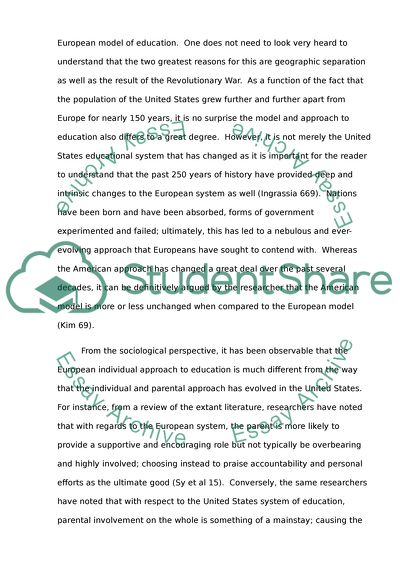Cite this document
(“American vs. European Education Research Paper Example | Topics and Well Written Essays - 1000 words”, n.d.)
American vs. European Education Research Paper Example | Topics and Well Written Essays - 1000 words. Retrieved from https://studentshare.org/education/1471740-american-vs-european-education
American vs. European Education Research Paper Example | Topics and Well Written Essays - 1000 words. Retrieved from https://studentshare.org/education/1471740-american-vs-european-education
(American Vs. European Education Research Paper Example | Topics and Well Written Essays - 1000 Words)
American Vs. European Education Research Paper Example | Topics and Well Written Essays - 1000 Words. https://studentshare.org/education/1471740-american-vs-european-education.
American Vs. European Education Research Paper Example | Topics and Well Written Essays - 1000 Words. https://studentshare.org/education/1471740-american-vs-european-education.
“American Vs. European Education Research Paper Example | Topics and Well Written Essays - 1000 Words”, n.d. https://studentshare.org/education/1471740-american-vs-european-education.


